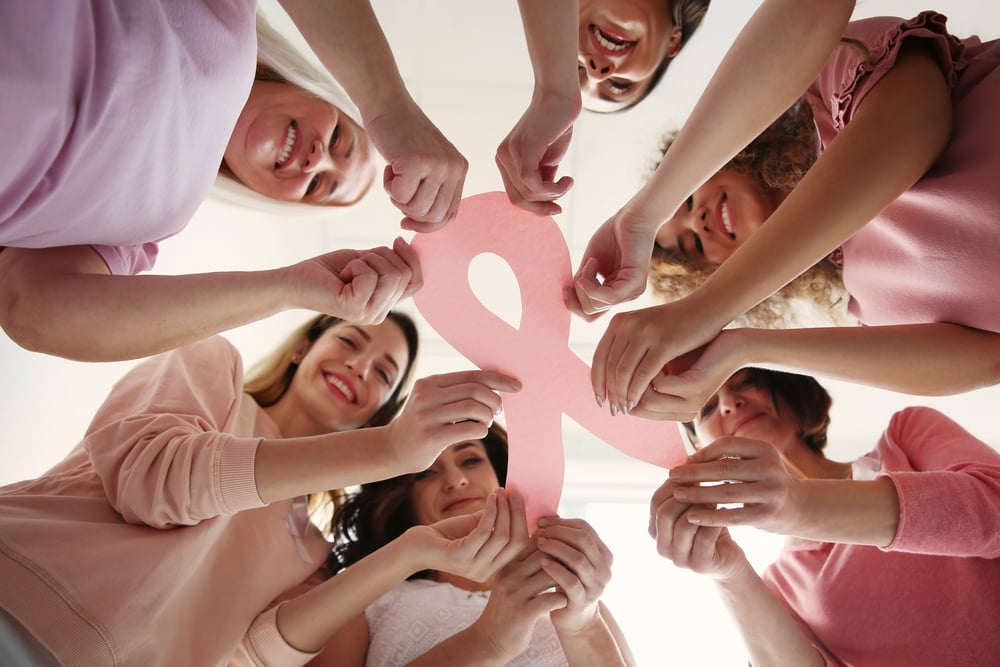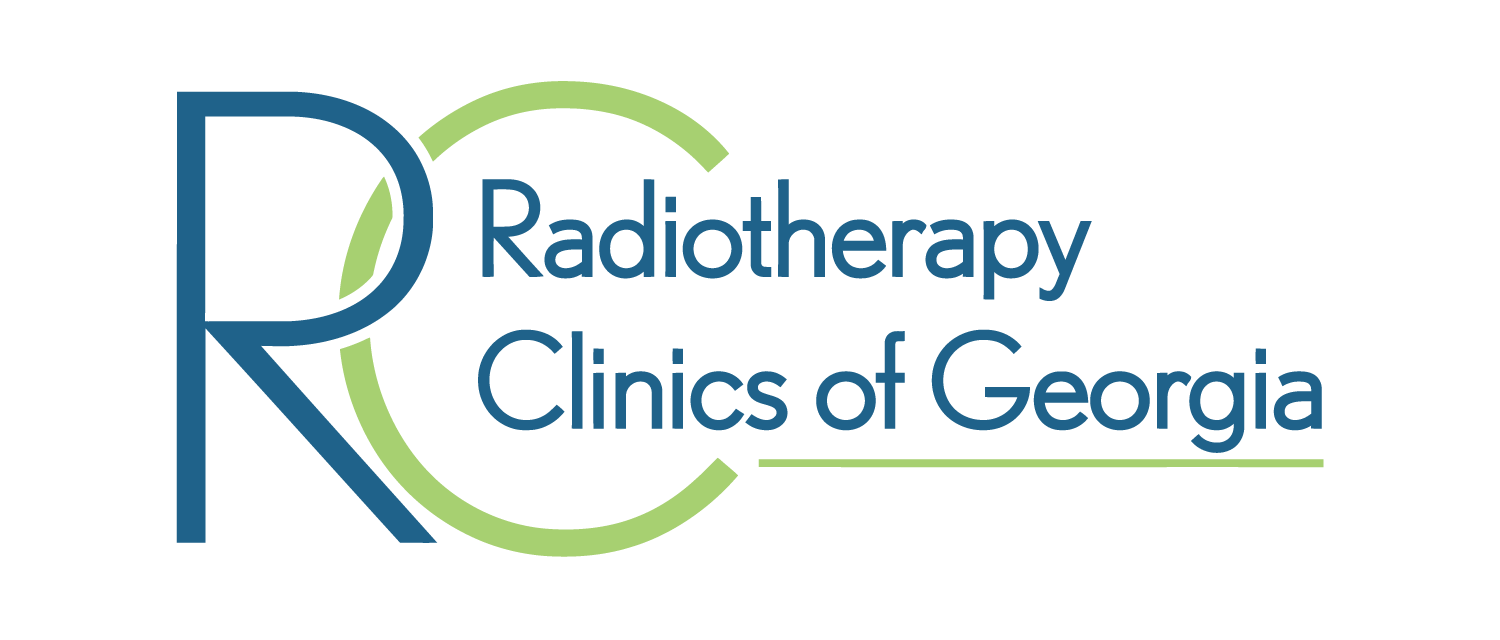
Not only are there many different types of cancer, but within each type of cancer, such as breast cancer, are different subtypes. You may know several people who have (or had) a breast cancer diagnosis. Odds are good they did not all receive the exact same treatments. That’s in large part to the subtypes that were identified.
Here we’ll look at five different subtypes of breast cancer and how each one affects the recommended treatment approach.
What Are the Different Breast Cancer Types?
There are many different ways to break down the types of breast cancer. Each patient can have more than one of these subtypes.
Where the Breast Cancer Started and How Far it’s Grown
The biopsy and imaging will give the oncologist an understanding of where the cancer started – the milk ducts, the breast glands, etc. Much of this information comes from the biopsy pathology report.
Ductal Carcinoma In Situ (DCIS)
Ductal carcinoma in situ (DCIS) is a common type of breast cancer that is highly curable. Ductal carcinoma in situ is also sometimes referred to as intraductal carcinoma or stage 0 breast cancer. This cancer is found in the cells that line the milk duct of the breast, but they haven’t yet spread to the actual breast tissue.
Standard treatment for ductal carcinoma in situ breast cancer is a breast-preserving surgery called a lumpectomy combined with radiation therapy. Depending on the hormone receptor status, additional treatments may be recommended.
Invasive Ductal Carcinoma (IDC)
Invasive ductal carcinoma (IDC) is the most common type of breast cancer. Invasive ductal carcinoma starts in the milk ducts and spreads to the nearby breast tissue. Once the cancer has spread to these tissues, it can now start to spread to the lymph nodes and other areas of the body. A common treatment for invasive ductal carcinoma breast cancer involves surgery, radiation therapy, and chemotherapy if it’s spread to the lymph nodes. There can also be treatments for hormone-positive breast cancer or HER2-positive breast cancer added to the treatment plan.
Learn more about what makes some breast cancers aggressive.
Invasive Lobular Carcinoma (ILC)
Invasive lobular carcinoma (ILC) is a type of breast cancer that starts in the breast glands where milk is made; these glands are also called lobules. This type of cancer can spread to other parts of the body as it grows.
Invasive lobular carcinoma may be harder to detect than other cancers and it is more likely to be found in both breasts. Treatment for invasive lobular carcinoma breast cancer varies depending on the tumor characteristics but typically, it will involve surgery combined with other treatments such as radiation and/or chemotherapy.
Hormone & HER2 Protein Status Also Impact Breast Cancer Treatments
Hormone Receptor-Positive (HR+) Breast Cancer
Hormone receptor-positive (HR+) breast cancer involves a tumor that has cells with receptors for estrogen and/or progesterone. This means that the growth of the cancerous tumor is fueled by the body’s hormones. Treatment for this type of cancer is usually aimed at lowering the amount of estrogen or progesterone in the body in order to stop cancer cells from growing.
If the cancer is not fueled by hormones it’s considered hormone-negative breast cancer and hormone therapy would not be useful.
HER2-Positive Breast Cancer
HER2 stands for human epidermal growth factor receptor 2. HER2+ tumor cells attract excessive levels of this protein which causes the cancer to grow. This type of cancer tends to grow and spread quickly. HER2+ breast cancers are usually treated using a targeted therapy drug. It’s called this because it specifically targets the HER2 protein receptors, blocking them so that the cancer can’t grow as fast. There are varying levels of HER2 positivity. It’s possible to be HER2-positive or HER2-low. Both of them can include specific treatments known to work for this type of breast cancer.
Triple-Negative Breast Cancer (TNBC)
Triple-negative breast cancer (TNBC), less common than the other types, is considered estrogen-negative, progesterone-negative and HER2 negative. This is an invasive type of breast cancer that tends to grow and spread faster. Treatment for triple-negative breast cancer depends on the stage of the cancer and the size of the tumor. Your oncologist may recommend surgery first, followed by additional therapy such as chemotherapy, immunotherapy or even a clinical research trial that is studying new options for triple-negative breast cancer.
Why Are There Several Treatments Required for Breast Cancer?
Breast cancer treatment varies depending on the subtype as we’ve already mentioned. This is because each type of breast cancer has unique characteristics that various therapies that make some work better than others.
Also, some types of cancer are more aggressive than others, and this will also influence the treatment approach. If you have a less aggressive type of cancer, your oncologist may only recommend surgery. But if you have a more aggressive type, they recommend a round of chemotherapy or radiation therapy before surgery.
Breast Cancer Surgery
Surgery is a common approach across almost every subtype of breast cancer. Common surgical approaches used for breast cancer include lumpectomy and mastectomy. A lumpectomy removes the tumor while preserving the breast tissue. A mastectomy removes the breast tissue.
Breast Radiation Therapy
Radiation therapy uses high-energy particles or rays to destroy cancer cells. It may be used before or after surgery. Common types of radiation used for breast cancer include whole breast radiation, accelerated partial breast irradiation, chest wall radiation, and high-dose rate (HDR) brachytherapy. Read more about the differences between external vs internal radiation therapy for breast cancer.
Most patients who had a lumpectomy will have radiation therapy as a part of their treatment plan.
Read more about how radiation therapy is used for breast cancer treatment.
Chemotherapy
While chemo used to be the most used therapy for breast cancer, new options have emerged that can better target specific characteristics of the tumor to slow the growth. However, if the cancer cells have entered the lymphatic system it’s going to require a systemic drug such as chemotherapy to kill the cells throughout the body. There are various types used for breast cancer. Your breast cancer specialist will discuss what’s right for you based on the stage and where the cancer is located.
Hormone Therapy
Tamoxifen is the most commonly known hormone therapy for the treatment of breast cancer. It’s typically a five-year regimen taken after a breast cancer diagnosis. It’s been found effective in making it less likely that estrogen-positive cancer will return during that time. Other hormone therapies are also available.
Targeted Therapy
Targeted therapy uses special cancer drugs that look for certain mutations in cancer cells to specifically attack these cells. Targeted therapy is commonly used in HER2+ breast cancer since certain drugs can target the specific proteins that fuel the cancer's growth.
Importance of a Personalized Breast Cancer Treatment Regimens
Treatments and prognosis vary depending on the type of breast cancer you have. It is important to work with a skilled oncologist to get a personalized treatment approach for breast cancer. If radiation is a part of your treatment plan you will go through a careful planning session to be sure that the treatment is as effective as possible.
Advanced Radiation Therapy in the Atlanta Area
Radiation therapy is commonly recommended for most types of breast cancer. It’s important to choose a convenient location for your radiation treatments since they will usually be 5 days a week for several weeks. Our team is available to provide care close to where you work or live. With locations throughout the Atlanta area, request a consultation at a center that’s near you.




